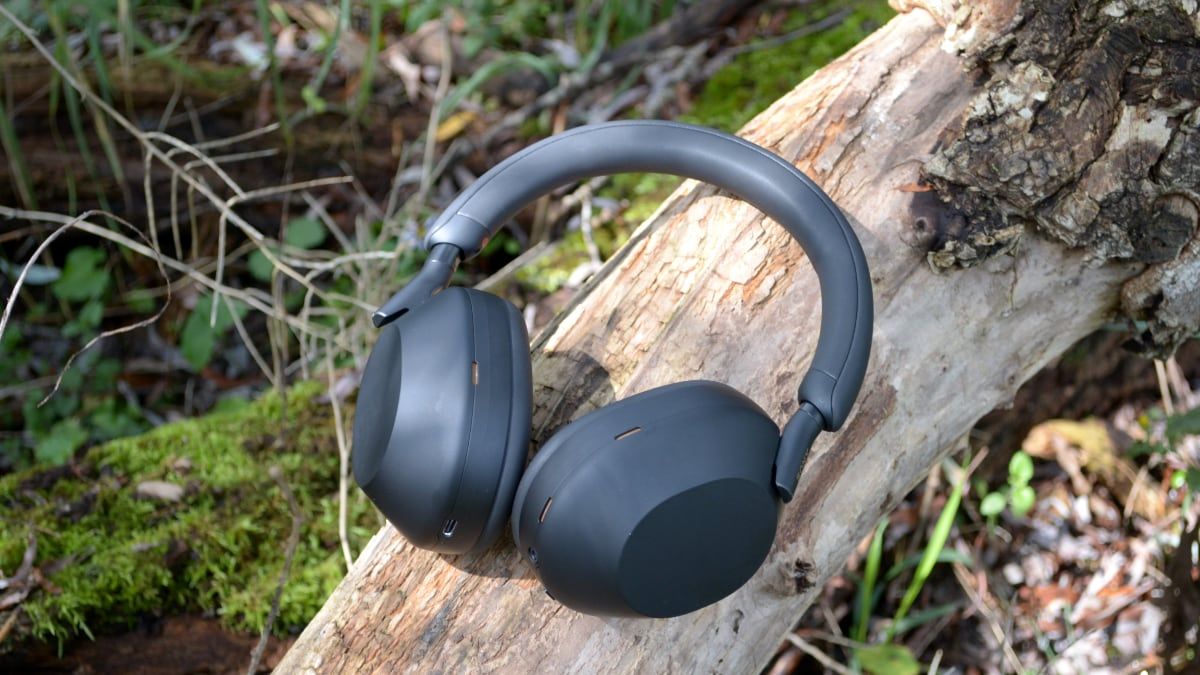Quick Links
Key Takeaways
A lossless audio file is one that hasn’t been compressed using a method that degrades the quality. Hi-res audio means that the sample rate and bit depth are higher than CD-quality audio, and typically at least 24-bit/96kHz.
Streaming services are starting to make a big point of offering lossless audio, hi-res audio, or both, but which matters more? We'll take a look at what both qualities mean and what the differences between them actually are.
What Is Lossless Audio?
It may seem strange, but the easiest way to explain lossless audio is to start with what lossy audio is. This dates back to the days when the best way to listen to digital music was on a CD.
At the time, computers had a fraction of the storage space they have now, and the way most people connected to the internet was via a dial-up modem. This led to the creation of the MP3 format, a file format that could shrink songs down to a small enough size to store on your computer and share over the internet.
MP3 is a lossy compression format, which means that it doesn't preserve the original file in its entirety. Imagine you have a letter that won't fit into an envelope, so you cut off all the extra paper wherever there aren't any letters. You can still read the letter, but it's certainly never going to be the same as it was when you started.
That's how lossy compression works, and it was good enough for a while. As time went on, storage space ballooned and bandwidth grew to the point that lossy audio files weren't necessary in the same way.
Lossless compression for audio still shrinks the overall size, but in a way where all the original details can be restored, like folding and unfolding a letter. For music, this means you get the full sound quality at a smaller size.
What Is Hi-Res Audio?
Despite the term's popularity, there is no widely accepted definition of what hi-res audio actually means. The way that most people and companies use the term now basically means "higher quality than CD-quality audio." But what does that mean?
CD-quality audio has a bit depth of 16 bits and a sample rate of 44.1kHz. Any audio file with a higher bit depth and sample rate is what people mean when they refer to hi-res audio. This is a complex topic, which we've explored in greater detail in our guide to hi-res audio, but we'll look at it briefly here.
The easiest way to think of sample rate is like a video frame rate, except for audio. If you only shoot one frame per second, you'd have a hard time figuring out what's happening in a scene. With 30 frames per second, you get a much better idea.
A higher sample rate in audio recording is similar, except instead of smooth motion, you're getting a more accurate recording. For this analogy, you can think of the bit depth as the video resolution. Instead of more pixels, you have more bits of audio information.
While 24-bit / 48kHz is technically higher than CD quality, this is used more often for video than music. Most of what you see called hi-res music is at least 24-bit / 96 kHz, and can range up to 24-bit / 384kHz at the higher end. This is dealing with typical audio formats, but there are other hi-res formats like DSD and MQA.
Hi-res audio is typically lossless, but it isn't necessarily lossless. MQA, for example, which stands for Master Quality Authenticated, is used by Tidal and other services. While MQA is a hi-res format, it's a lossy format. Hi-res, then, doesn't automatically mean lossless.
Are Lossless and Hi-Res Audio the Same Thing?
While they are often associated with one another, lossless and hi-res audio are very different things. Lossless audio can be hi-res, but simply being lossless doesn't mean an audio file is high resolution. As shown above, you can also have hi-res audio without necessarily being lossless.
That said, more often than not, any hi-res audio file you run into is likely to also be lossless. When it comes to streaming services marketing lossless audio, this usually means CD-quality audio. Services like Tidal and Apple Music offer both, with each having a smaller catalog of hi-res music compared to their lossless offerings.
Which Should You Listen To?
So, if you have to choose, which is right for you? Both lossless audio and hi-res deliver benefits over compressed, lower-quality streams. That said, it's easier to notice the benefits of lossless audio over those of hi-res audio.
While compression has come a long wait since the days of early MP3s that could result in a barely recognizable song, it still affects audio negatively. No matter what type of music you listen to, you'll notice more detail and less distortion with lossless audio, even at CD quality.
Hi-res audio is tougher. If you're listening to loud rock or metal, you may not even notice any differences between lossless and hi-res audio. That said, the increased clarity and resolution is more noticeable when listening to jazz and classical. You're also more likely to benefit from hi-res audio if you're listening to a high-quality audio setup. On cheap earbuds, you won't notice the extra detail, so consider your hardware when choosing whether to listen to hi-res or lossless audio.
If you're reading this while searching for the right music streaming service, take a look at our guide to which music streaming service sounds the best.

